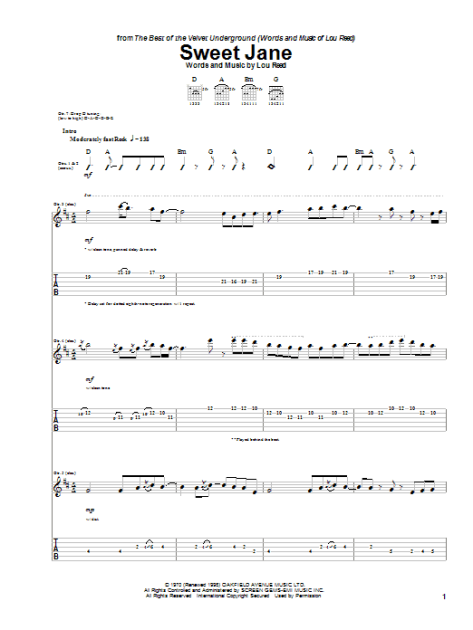

What happened next is the subject of dispute what is known is that Jane McCrea and Sarah McNeil were abducted by the Native Americans and separated.

They killed a settler and his family, then ambushed and killed Lieutenant Tobias Van Vechten (who was serving under John McCrea) and four others. On the morning of July 27, a group of Native Americans led by a Wyandot warrior known as Le Loup or Wyandot Panther attacked Fort Edward. McCrea stayed at the home of Loyalist Sara McNeil, who was a cousin of British Army officer Simon Fraser. She eventually reached Fort Edward on July 1777. Īround the same time, McCrea left her brother's home to join her fiancé at Fort Ticonderoga. Jones, on the other hand, was serving as a lieutenant in a Loyalist militia unit accompanying Burgoyne's expedition, and was stationed at Fort Ticonderoga after the British captured it from the Americans. During the summer of 1777, as British Army officer John Burgoyne's expedition neared the Hudson River, John (who by now was serving as a colonel in the Albany County militia) took up service in the 13th Albany County Militia Regiment. When the American Revolutionary War broke out, two of her brothers joined the Continental Army and three others became Loyalists, while her fiancé fled to Quebec, which was under British control. After her mother died and her father remarried, McCrea moved in with her brother John who lived near Saratoga, New York, where she eventually became engaged to David Jones. Jane McCrea was born in Bedminster, New Jersey, one of the younger children in the large family of Rev. Her body has been exhumed numerous times since her death.

McCrea's life and death eventually became part of American folklore, with pantomimes, poems, folk songs and novels being written about her. The killing of McCrea also inspired American resistance to the British, contributing to the failure of the Saratoga campaign. Her death was widely reported on throughout the Thirteen Colonies historians and journalists frequently embellished the incident. Upon receiving word of the incident, Burgoyne attempted to punish the culprit but was dissuaded from doing so. While staying at Fort Edward, McCrea was abducted, killed and scalped by a group of Native American warriors. During the Saratoga campaign of 1777, McCrea left her brother's home to join Jones who was stationed in Fort Ticonderoga. When the Revolutionary War broke out, Jones fled to Quebec while McCrea's brothers divided their loyalties between the British and the Patriots. Engaged to a Loyalist officer serving under Burgoyne, her death lead to widespread outrage in the Thirteen Colonies and was used by Patriots as part of their anti-British propaganda campaign.īorn in Bedminster, New Jersey, McCrea moved to Saratoga, New York where she became engaged to David Jones, a Loyalist. Jane McCrea (1752 – July 27, 1777) was an American woman who was killed by a Native American warrior serving alongside a British Army expedition under the command of John Burgoyne during the American Revolutionary War. A painting titled The Death of Jane McCrea (1804) by John Vanderlyn


 0 kommentar(er)
0 kommentar(er)
